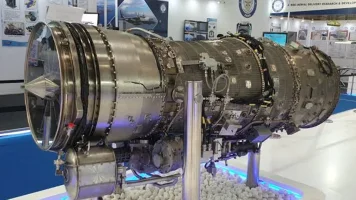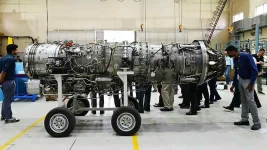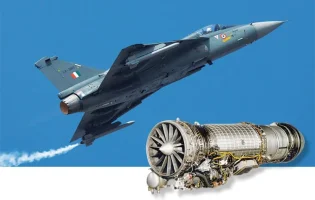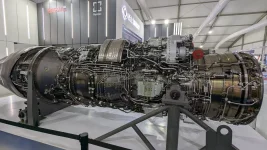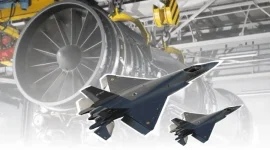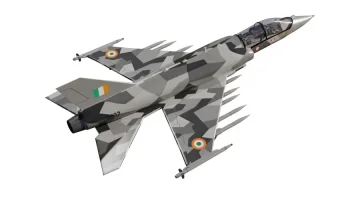- Views: 4K
- Replies: 33
India's quest for self-reliance in aero-engine technology is gaining momentum with the upcoming flight tests of the "Dry Kaveri" engine. Developed by the Gas Turbine Research Establishment (GTRE), this new variant of the Kaveri engine is specifically designed to power unmanned platforms, and it's set to undergo crucial trials in Russia next year.
Godrej Aerospace, which has been tasked with manufacturing eight modules of the Dry Kaveri, is expected to deliver the engine to GTRE by February. This engine is designed to produce 48 kN of thrust without an afterburner, making it lighter and less complex than earlier versions of the Kaveri. This is a crucial factor for unmanned aerial vehicles (UAVs) where weight and efficiency are paramount.
Following initial ground tests in India, the Dry Kaveri will be transported to Russia for integration into an IL-76 aircraft at the Gromov Flight Research Institute (GFRI) in Moscow.
The IL-76, a robust and versatile aircraft, will serve as a flying testbed for the engine, allowing for high-altitude and real-flight condition simulations. This is a critical step in the engine's development, as it provides valuable data on performance, endurance, and integration with existing aircraft systems.
The integration process involves replacing one of the IL-76's engines with the Dry Kaveri, enabling direct comparison and analysis of performance under various conditions. This approach not only tests the engine's capabilities but also provides valuable insights into its potential integration with the Ghatak UCAV, India's indigenous unmanned combat aerial vehicle program.
Successful flight tests of the Dry Kaveri would be a significant milestone for India's indigenous aero-engine development program. The data gathered will be crucial for refining the engine and ensuring it meets the demanding requirements of modern combat UAVs.
Furthermore, it could pave the way for increased production, potential export opportunities, and solidify India's position in the global aerospace industry.

